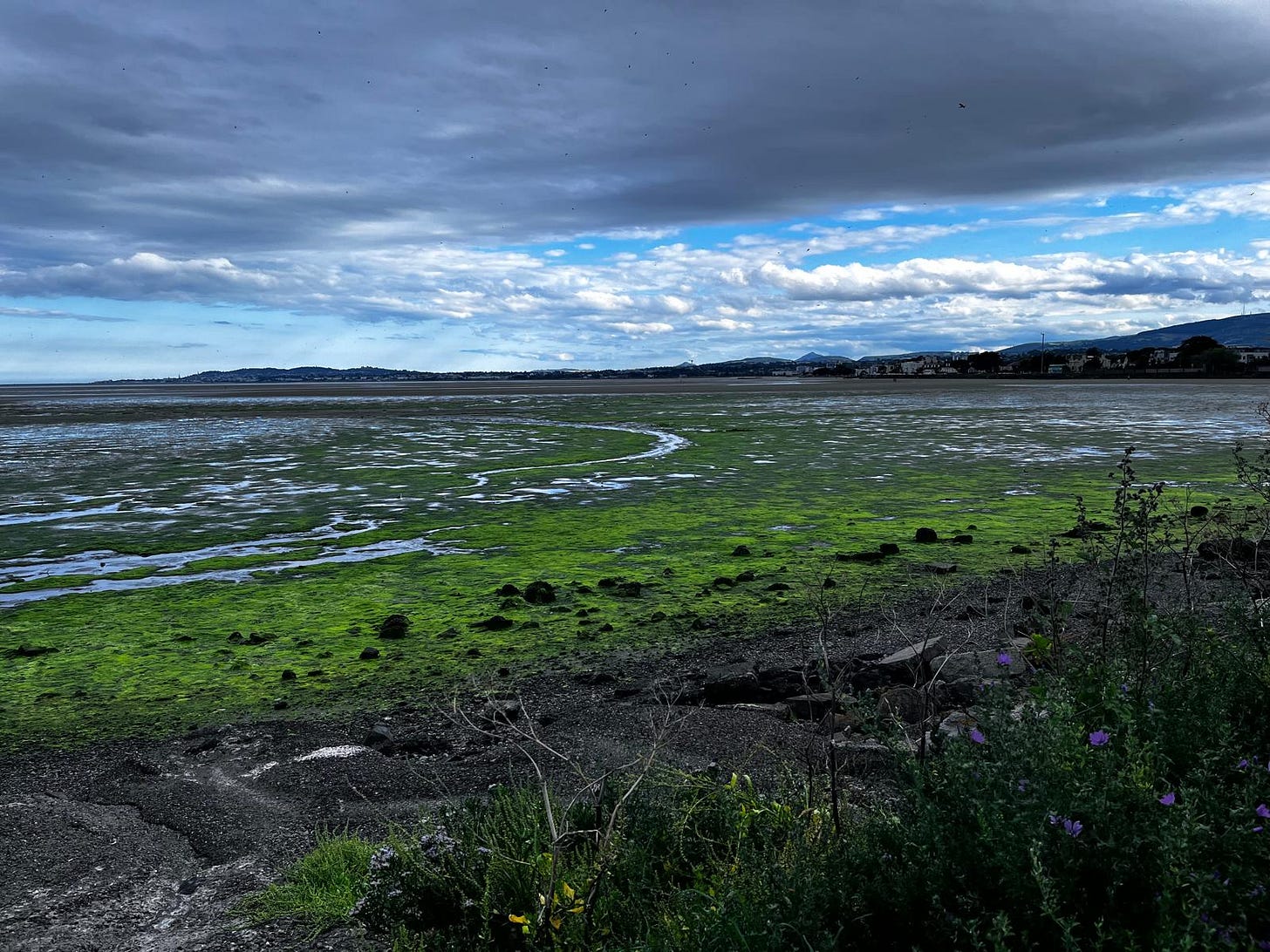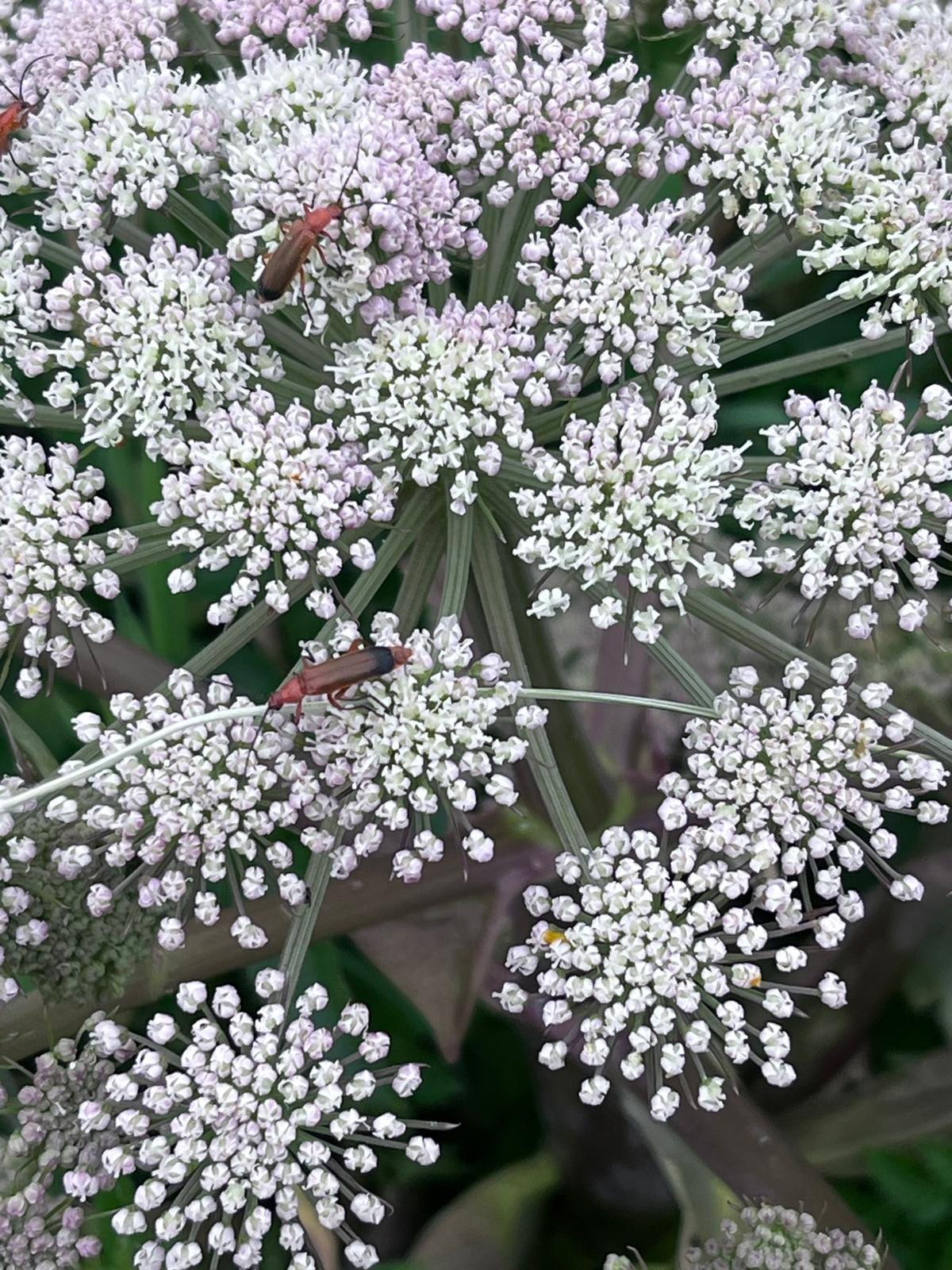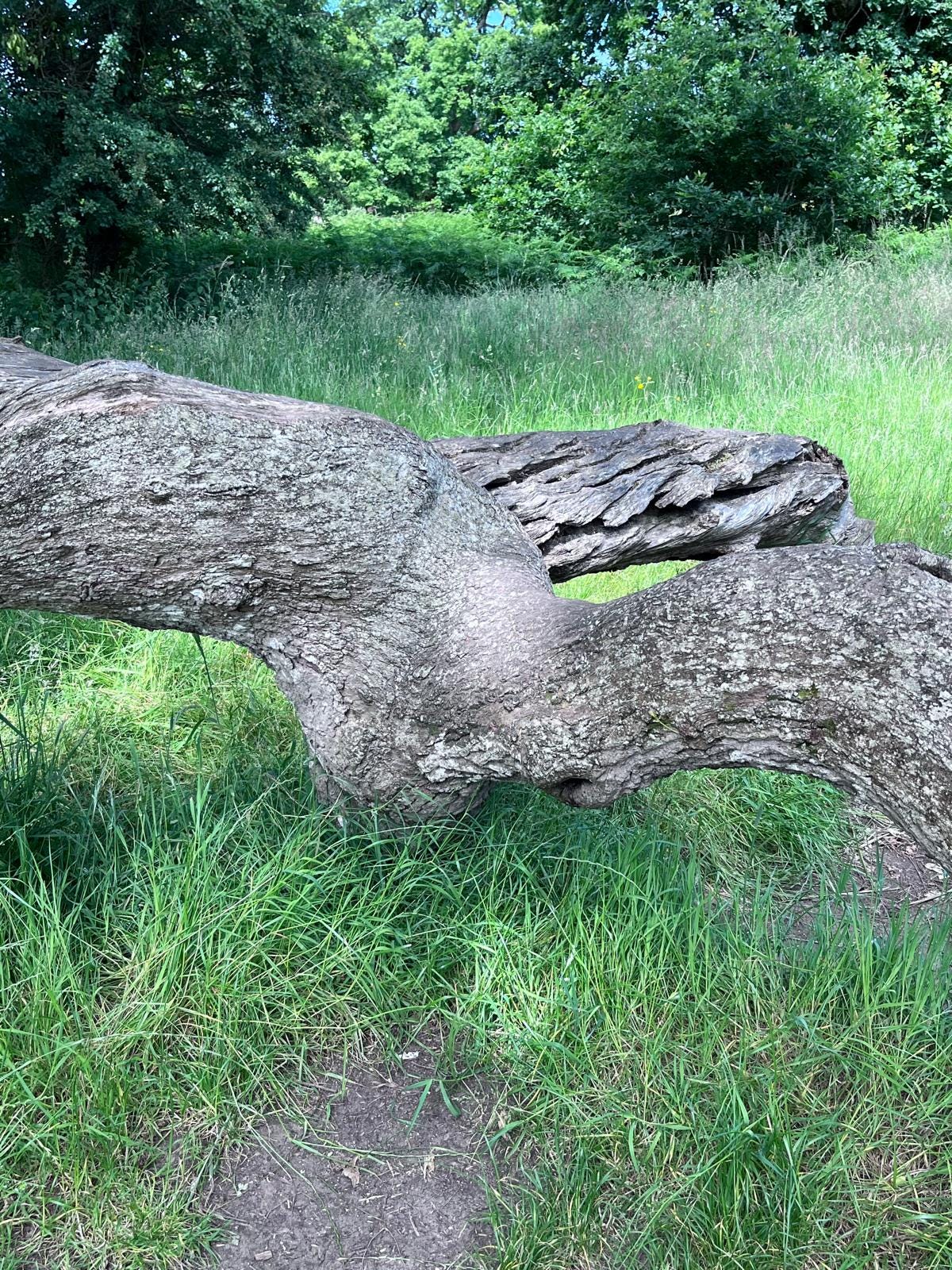In the indigenous Irish world, everything is alive. The material mixes with the spiritual; the mundane is sacred. The world pulses with life. Every material “thing” is a being—be it a rock, river, tree, glen, bird, or the land itself. Even tools and weapons, a sword or shield, has soul, an anam. This is why so much draíocht (magic) can take place; when everything is alive, anything is possible:
“Stones, being ‘old beyond time’ were possessed of an in-dwelling spirit. Thus could the Lia Fáil (Stone of Destiny) roar with joy when it felt the touch of a righteous ruler’s foot. …Ochain, the ‘moaner,’ the shield of Conchobhar Mac Nessa, would moan warnings when its bearer was in danger. Manannán Mac Lír had a boat which could navigate across the sea by itself.” (1)
This way of seeing/being, where there is a “belief in the consciousness of all things,” echos in the opening invocation of the Leabhar Gabhála, the 11th century origin story of the Irish people. In this invocation (a calling in—literally) there is an intimacy with the natural world; the speaker has been all this life himself: (2)
I have been a blue salmon,
I have been a wild dog,
I have been a cautious stag,
I have been a deer on the mountain
and a stump of tree on a shovel
I have been the ax in the hand
A pin in a pair of tongs
A stallion in stud
A bull in anger
A grain in the growing (3)
The invocation offers a panorama, expanding out (from the deer on the mountain) to the tiniest detail (the pin in tongs). It embraces together the natural and animate (plants and animals) with things that could seem devoid of life (the stump of a tree or an ax). Yet even inanimate things are animate beings in this world, part of the interactive flow and pulse of life: the stump of the tree on a shovel (being moved or dislodged); the ax in the hand (being used). This expansive energy culminates in "a grain in the growing." In this close translation from the Irish, the grain is not just growing; it is in an active process of transformation and aliveness.
This expanded-consciousness invites in a different way of relating to the world. Don't mess with the sword that can talk back. Don't take the fairy fort for granted when any second you can fall through into another realm. Don't disrespect your elders, especially the King Oak. (Pre-Christian Celts considered trees to be Gods.) When everything is fully alive and has a soul, when “the human being is part of a oneness with nature” and all are “but fragments of a cosmic whole,” (4) there is humility and respect. You are meeting (as Quakers would put it), "that of God in everyone."
This aliveness and way of seeing/being in the world is built into the very DNA of the Irish language. Most languages (81% or more) start with the subject; we learn first who is taking the action ("Tom washes the dishes"). The only times (other than for poetic reasons) we see a verb first in English is when it’s a question ("Are you...?") or an imperative—when we’re telling someone to do something: “Wash the dishes!”
Magic: Subscribe to get future posts in your inbox!
In Irish, it's the opposite: the verb comes first. For example, “Tom feeds the cats” is literally, “Feeds Tom the cats” (Cothaíonn Tom na cait). Sometimes you can combine the verb with a subject (similar to English, where “I am" (tá mé) can be contracted to “I'm” (táim). Regardless, the verb still comes first in Irish. In some constructions, the subject even comes last: "He is a doctor" (Is dochtúir é). Based on the word order, the action---what's alive, what's happening (rather than who is doing it)---is implicitly more important, more vital.
As expressed in the syntax of every other European language, the dominant world view is of agency. The emphasis (thanks to word order) is on who took the action. In a Celtic expression of the world, we learn first what is happening—what movement, shift, change or life-energy is moving: what's energized; what's afoot. In a world where everything is activated, hearing the action first makes sense. You want to know what's happening because, with everything alive, a lot can be happening at once. Things can change quickly (like Irish weather).
Before learning Irish, I didn't even know that verb-first (V1) languages existed (and that two languages even start with objects (OSV): "Grass cows eat"!!) It seemed inherently natural to me, even intrinsic, that sentences would start with the actor: the one running the show. Isn't it important to know first who you're talking about? And who's doing something, often to another person or thing? ("Sue fixes the car" rather than "Fixes Sue the car.") It's as logical as a train going down a track. Now I see my bias. My thinking/seeing was shaped by a subject-first view of the world. In a fully living world, what's happening (life energy) is bigger than any one of us.
Irish is not the only V1 (verb first) language in the world. Yet word order is not the only aspect of Irish that creates aliveness. Irish is also highly inflected (both the beginning and end of words change spelling and pronunciation) which also makes words seem to be shape-shifting. Prepositions (words like "in," "at," "to," "before") conjugate in Irish (the way verbs do in other languages) so they also are "alive" and changeable. There also is a construction in Irish using ag ("at") to activate nouns so that they become in effect verbs; while similar to adding "-ing" in English to nouns (for example, play > playing), "ag" is used broadly in Irish to indicate in-the-moment experience and a quality of aliveness. A grain "in the growing" would be ag fás ---"at growing." It's not just growing; it's actively "at" it. Kerri Ní Dochartaigh, author of Thin Places, also sees how, “The Irish language is rooted in a world where…there is an inherent understanding that both the land and everything...are bright, breathing beings." For her, this roots down past syntax into even Irish words:
The interconnectedness is visible in the etymology: concepts that seem disparate are shown as delicately woven together; we see that we are not as standalone as we once might have believed. … unspoken things still dwell in the root of the Irish language, waiting to be unearthed…” (5)
Get some joy (and new ways of seeing) every two weeks.
Subscribe to The Liminal!
I love etymology; it reveals word-webs in any language. I also see Ní Dochartaigh's point: when you look at words like dúluachair (the depths of midwinter) and dúléim (a leap in the dark) they create, taken together, a generative space of new possibility.
I am new to Irish (as I mentioned in my last blog, at about 10% fluency). Yet already I see these life-affirming aspects of the language. You might consider word order incidental. I don't. In my world, words matter---including word order. As I wrote in "Language as Life Lab," research shows that word order affects how we see and relate to the world, including spatially. Maybe it's just me and when I put the verb first in a sentence, it feels more energizing and active. Try it out: "He's flying" v.s. "Flying he is." Maybe it just sounds fresh and alive because it's new to my English-speaking ears. But I feel an energetic difference. Yoda, who’s in the flow of life-force energy, speaks this way too: “Practice you must!” (I think Yoda’s a native Irish speaker, but more about that another time).

Is it a coincidence that all the colonial empires of Western Europe speak languages that begin with the subject (focused on the agent, the doer)? Or that dominant Western culture relates to the natural world as a series of objects to be exploited (with the doer, at the heroic start of the sentence, taking action to/on these objects, including living beings such as plants and animals)? How does it change our experience of/in the world, especially the natural world, when our way of thinking and speaking starts first with what's happening (what's alive) rather than who's doing it?
So everything we think we see is not as it seems. Our bodies, fields, mountains and stars are elementary particles, vibrating and fluctuating constantly between existence and non-existence---swarming in space, even when it seems nothing is there. ---Manchán Magan
It's clear that the indigenous Irish way of seeing the world, fully embodied in the Irish language, is grounded in a far more dynamic view of reality. Like a heritage seed, the language holds aspects of this indigenous culture that otherwise would be lost. It's a compelling reason to learn Irish: like getting a passport to travel to a now distant shore. And this distant place (that we can now barely imagine) has much to teach us about our own collapsing (and possibly saveable) world. Slán for now, Dian, in Dublin (i mBaile Átha Cliath) P.S. What happens this week if you start acting as if everything has a soul---including the house you live in, the knife you use while cooking, and even the vegetables you're chopping? How does this shift how you relate to yourself and all the life moving around you? Let me know...
Share the draíocht…
Ellis, The Druids: A Brief History, p. 178
Ellis, The Druids, p.178
Ellis, The Druids, p. 71
Ellis, The Druids, p. 178
Ní Dochartaigh, Thin Places, p. 36











GRMA Leeann. Thanks so much for reading --- and for the appreciation! :)
Beautiful. Thank you